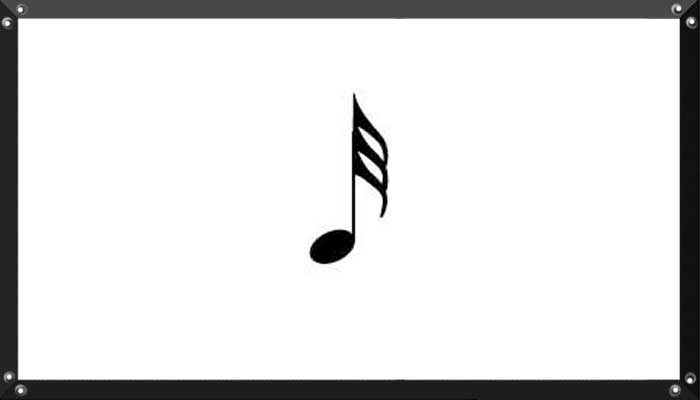

Half RestĪ half rest receives two beats of silence. Whole notes and half notes look very similar, so an easy way to tell the difference between the two is that whole notes "hold on" to the staff to save them from falling off. Whole RestĪ whole rest receives four beats of silence and looks like an upside-down top hat. For example, just like a whole note receives four beats, a whole rest will receive four beats of silence. Rests share their names and lengths with their note counterparts. Just like note values, there are different types of rests to show different durations. Silence is notated with what is called a rest. Maybe the composer just wants space, or perhaps a different instrument is playing and should be the focus. Music also has a way to notate how long silences should last.

This tree shows these relationships and how many of each smaller rhythmic value fits into the larger value. Just as four quarters make a whole dollar, four quarter notes make a whole note. A quarter note is a quarter of a whole note. Remember, all note values get their name from their relation to the whole note. When they are connected to other notes, the two flags are replaced with two bars. They have a filled-in note head, a stem, and two flags. Sixteenth NotesĪ sixteenth note gets one-fourth of a beat, which means four sixteenth notes will make up one beat. They can have a flag or be connected with a bar, but will have the 3 above their grouping to differentiate them from eighth notes. TripletsĪ triplet receives one-third of a beat and they usually appear in threes. When you connect multiple eighth notes with a single bar. It has a filled-in note head, a stem, and a single flag. Eighth NotesĪn eighth note gets half of a beat. It has a filled-in (black) note head and a stem, but no flag. It has an empty (white) note head and a stem. That should be easy to remember as it is half the value of a whole note. It has an empty (white) note head but no stem or flag. Note Values Whole NotesĪ whole note gets 4 beats. For example, four quarters make a whole, and there are four quarter notes in a whole note. All notes get their name from the relationship they have to the whole note. It might have just a head, or a head and a stem, but each of these elements changes the note value. Now, a note doesn't have to have all three things. You can mix and connect any notes that would have a flag (eighth, sixteen, or thirty-second notes) with bars. Bars are similar to flags in how they change a note's value, but they are used to connect two notes.There are three main parts to a note, each of which will tell you something about the duration of the note. The rhythmic value of a note is shown by the shape and parts of a note. Rhythm lets musicians know when a note should be played and how long it should be played for. Music is made up of two things: pitches and rhythms.


 0 kommentar(er)
0 kommentar(er)
